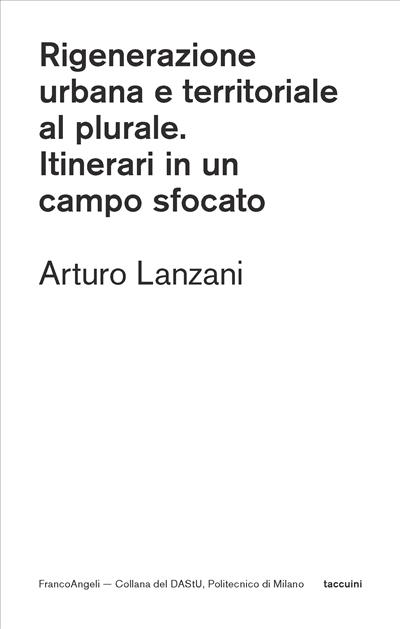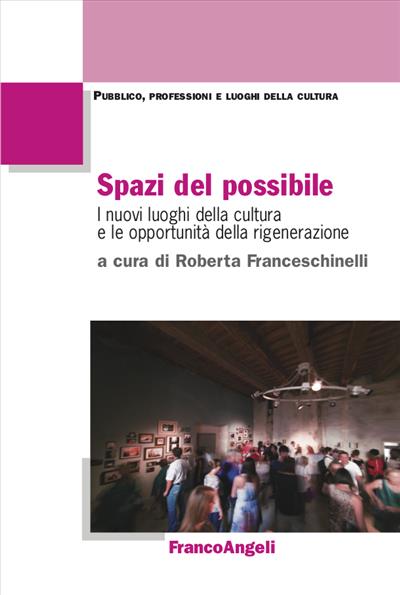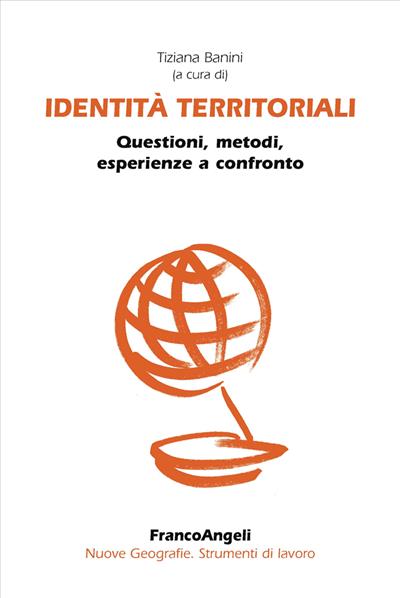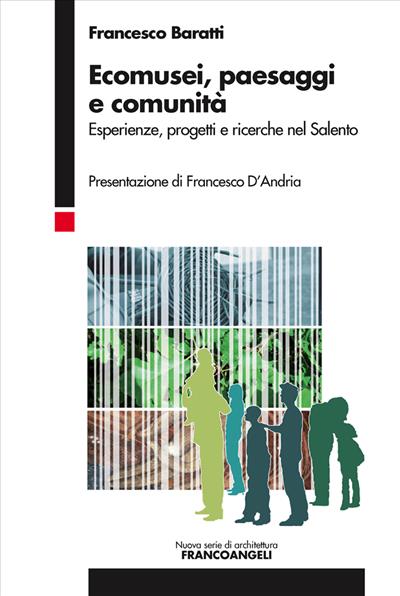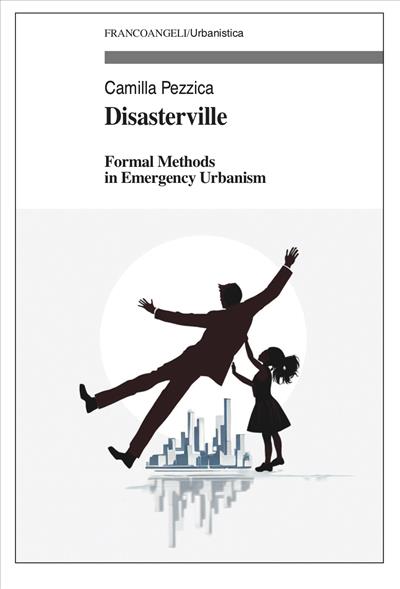
Disasterville
Formal Methods in Emergency Urbanism
This book delves into the importance of formal methods in emergency urbanism and their potential role in reconciling the contrasting views on disasters. It traces opportunities for reducing disaster risk by adopting methods and approaches that promote deliberation in the planning of physical urban transitions.
Pages: 138
ISBN: 9788835153375
Edizione:1a edizione 2023
Publisher code: 1862.237
Can print: No
Can Copy: No
Can annotate: No
Format: PDF con DRM Readium LCP
